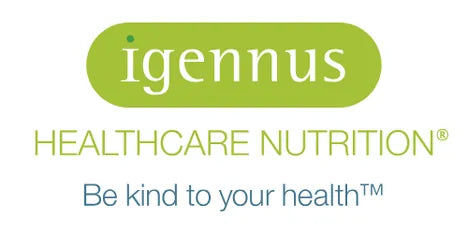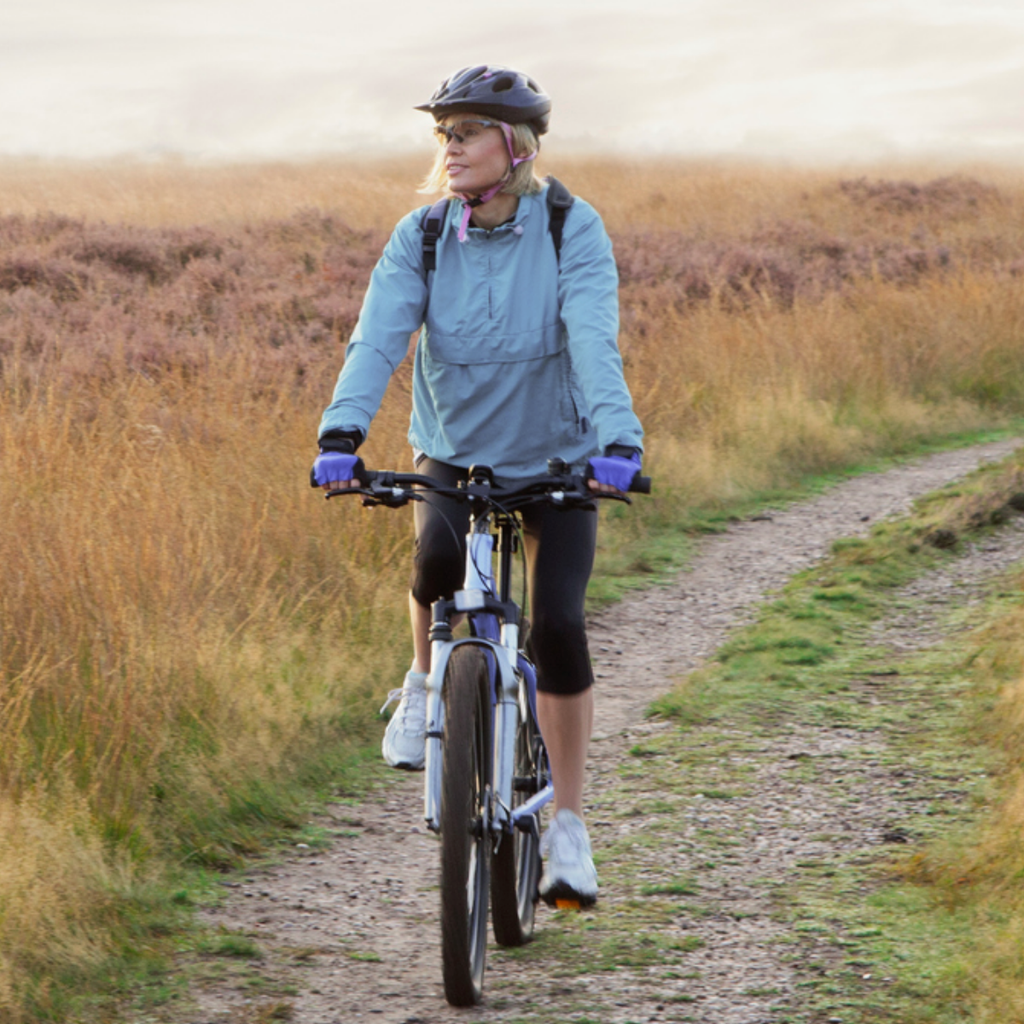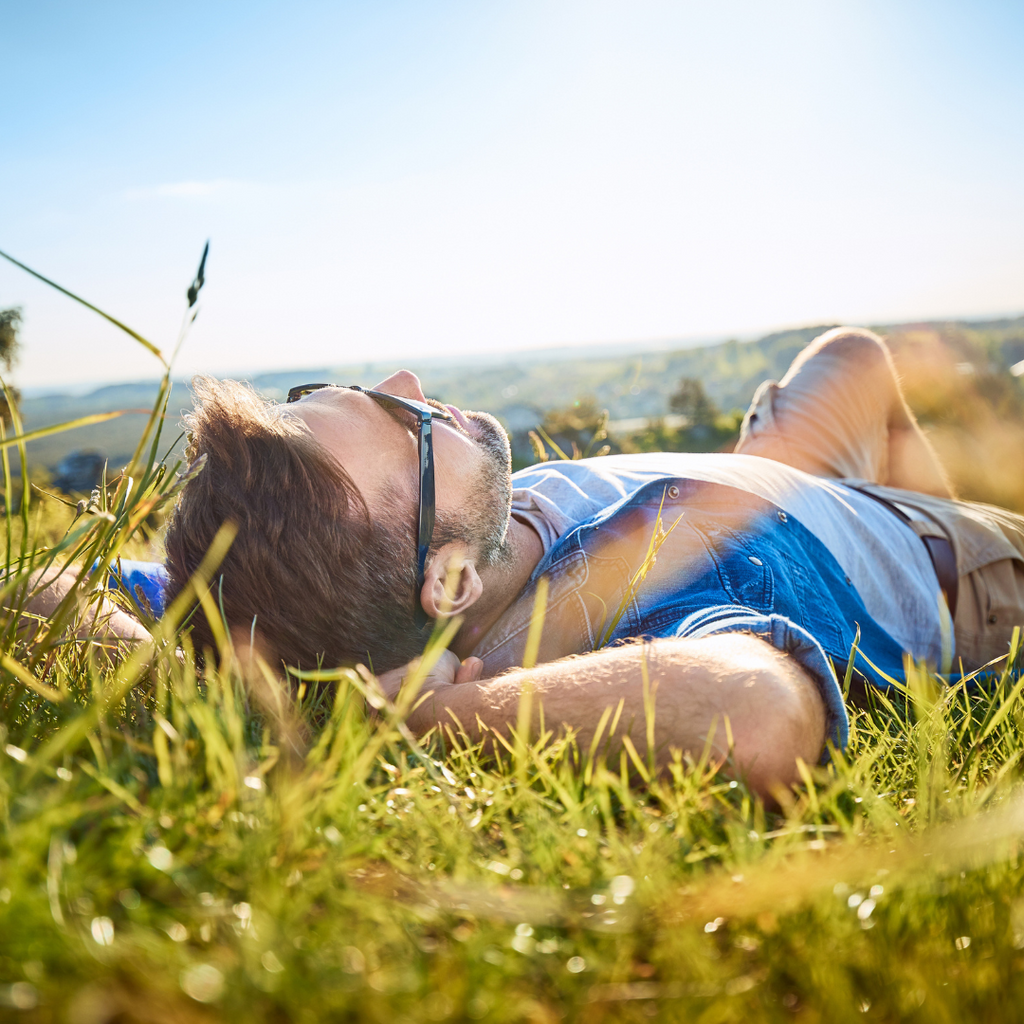In Part 1 of this series, we looked at foods to focus on during menopause, as well as how and why to avoid common toxins. This article will explore different types of exercise and other valuable lifestyle practises that benefit women in the menopausal years, giving you even more tools to feel good in yourself.
Exercise...
While being hugely beneficial in all stages of life, it offers certain unique advantages in menopause. It’s a time to exercise smarter rather than harder, and if you’re unsure about where to start, booking a few sessions with a personal trainer, or joining a yoga class to master the basics, can set you on the road to a rewarding exercise routine.
The key to exercising in menopause is to be kind to your body - start slowly and build up gradually. We’re more prone to injury as we get older, so it’s particularly important to find activities that we enjoy and are able to do. For example, if you find jogging or walking challenging, you may find you prefer cycling or swimming, or if you hate exercising alone or at the gym, you may enjoy dance classes, yoga or tai chi instead.
When those aches and pains come on, it’s worth getting a referral to a physiotherapist sooner rather than later, so that you can stay as active as possible. ‘Buddy up’ - having a friend to exercise with can make all the difference between finding an excuse to miss a session and looking forward to the next get-together.
Good for the heart:
Before menopause, oestrogen partly protects women from heart disease. Once the level of this hormone drops, however, blood vessels become less flexible and women are more prone to atherosclerosis (plaque build-up in the arteries), which leads to cardiovascular disease. Fortunately, exercise imparts similar benefits to oestrogen. Now is the right time to implement a regular exercise regime as doing so during menopause rather than waiting until years later may offer better heart protection. (1)
Good for the figure:
It’s unnecessary to spend hours pounding the pavement or the treadmill. High impact interval training, or HIIT, represents a popular exercise ‘hack’. By exercising as hard as possible for short bursts of time, muscle building, fat loss and cardiovascular fitness are accelerated. (2) Of course, high intensity for a 50-year-old will be different to a 20-year-old, but it’s about what is intense for you. In one study, participants who regularly completed 28 minutes of high-intensity exercise showed greater abdominal fat loss than those who exercised for more than double the time by walking and doing light resistance exercises. (3) Increased muscle mass means a raised metabolic rate, so we’re more likely to burn calories and keep weight off. Here’s an example of a quick HIIT session that you can use while jogging, cycling or walking briskly: Warm up for 5 minutes; alternate 30 seconds of high-intensity with 60 seconds of low-intensity exercise for 4 cycles; cool down for 5 minutes.
Good for the bones:
Numerous studies show that exercise can slow bone loss, and several indicate it can even build bone. (4) 2 types of exercise are helpful for improving bone mineral density: resistance training and weight-bearing activities. As we age, muscle mass naturally decreases, so resistance training becomes essential since preserving muscle has far reaching effects, including improved cognitive function. (5) It’s not all about lifting heavy weights though; even working against body weight or using exercise elastic bands counts.
Weight-bearing exercise comes in various forms – those fit enough to cope with high-impact activities may enjoy jogging, skipping, dancing, tennis or simply stair climbing. In a study, women with osteopenia (low bone density, a precursor to osteoporosis) took part in 35 minutes of aerobic dancing 3 times per week. After 6 months, they had significantly increased hip bone mineral density, balance and agility. However, even light weight-bearing exercise is beneficial in maintaining bone strength; examples include walking, elliptical training machines and low-impact aerobics.
Good for menopausal symptoms:
Engaging in activities, such as yoga or tai chi, will not only make you feel amazing and improve balance, posture, strength and flexibility, but it can help with menopausal symptoms too. A study comparing yoga to different forms of exercise found that, while all exercise decreased general menopausal symptoms, yoga was especially helpful for decreasing hot flushes and night sweats. (6) Similarly, tai chi can improve body pain, general vitality, mental health and spine bone mineral density in women with perimenopausal syndrome. (7) Resistance training is also good for hot flushes - women who used resistance machines and body weight exercises 3 times per week for 15 weeks reduced their frequency by 43%! (8)
To align with the body’s natural circadian rhythms and maximise chances for a good night’s sleep, do vigorous exercise during the day (outside whenever possible for natural light exposure) and save relaxing, gentle exercise for the evenings. Aiming for at least 7 hours of sleep per night is best. If insomnia is an issue, stay tuned for our next article in this series where we’ll discuss possible solutions.
Lifestyle beyond exercise
Given that cortisol, the ‘stress hormone’, naturally rises during menopause, it’s important to prioritise relaxation and stress release. Prolonged periods of elevated cortisol can lead to weight gain, raised blood sugar, loss of calcium from bones & loss of muscle mass, a poor immune system and high blood pressure. If you’ve never tried meditation or mindfulness, menopause is a great time to start. Even just 2 minutes of breathing exercises has been proven to ease stress and anxiety by turning off the ‘flight-or-flight’ sympathetic nervous system and activating the ‘rest-and-digest’ parasympathetic nervous system. It’s free and easy – sit upright in a relaxed position, slow down your breathing, inhale for 4 seconds and exhale for 8 seconds. Repeat 10 times. (9) Mobile apps like Headspace or Calm offer guided meditations, relaxing music and even sleep stories. Some women also find journaling or gratitude practises uplifting. For example, think of or write down three things you are grateful for each day, or send a message to someone you are grateful for, telling them why. Mindfulness has been shown to improve insomnia in menopausal women. (10)
We’re all aware of the harmful effects of cigarette smoking, but did you know that smoking brings forward the natural age of menopause (11), even in passive smokers? (12) In addition, our bodies are less able to cope with excessive alcohol during this time as liver detoxification tends to be slower. The extra calories also lead to weight gain and insomnia, and other menopausal symptoms can be aggravated.
Finally, let’s not forget finding joy – whether that comes in the form of contact with friends and family, engaging in hobbies (maybe it’s time to start a new one) or connecting with others in the community through clubs, such as a community choir, craft group or book club, or volunteering. Set aside regular time to do something you love and that makes you feel good about yourself.
In the next article, we’ll look at how you can address specific menopausal symptoms, giving practical tips and discussing which supplements can help.
References
- Gliemann L & Hellsten Y. The exercise timing hypothesis: can exercise training compensate for the reduction in blood vessel function after menopause if timed right? J Physiol. 2019 May 11. doi: 10.1113/JP277056
- Boutcher et al. The Effect of Sprint Interval Training on Body Composition of Postmenopausal Women. Med Sci Sports Exerc. 2019 Jul;51(7):1413-1419. doi:10.1249/MSS.0000000000001919.
- Nunes et al. Effect of high-intensity interval training on body composition and inflammatory markers in obese postmenopausal women: a randomized controlled trial. Menopause. 26(3):256–264, MAR 2019 doi: 10.1097/GME.0000000000001207
- Sañudo B et al. A systematic review of the exercise effect on bone health: the importance of assessing mechanical loading in perimenopausal and postmenopausal women. Menopause. 2017 Oct;24(10):1208-1216. doi: 10.1097/GME.0000000000000872.
- Mavros Y. et al. Mediation of Cognitive Function Improvements by Strength Gains After Resistance Training in Older Adults with Mild Cognitive Impairment: Outcomes of the Study of Mental and Resistance Training. J Am Geriatr Soc. 2017 Mar;65(3):550-559. doi: 10.1111/jgs.14542. Epub 2016 Oct 24.
- Cramer H, Peng W, Lauche R. Yoga for menopausal symptoms-A systematic review and meta-analysis. Maturitas. 2018 Mar;109:13-25. doi: 10.1016/j.maturitas.2017.12.005.
- Wang Y et al. Tai Chi Exercise for the Quality of Life in a Perimenopausal Women Organization: A Systematic Review. Worldviews Evid Based Nurs. 2017 Aug;14(4):294-305. doi: 10.1111/wvn.12234.
- Berin E et al. Resistance training for hot flushes in postmenopausal women: A randomised controlled trial. Maturitas. 2019 Aug;126:55-60. doi: 10.1016/j.maturitas.2019.05.005.
- Bergland c.(2019) https://www.psychologytoday.com/gb/blog/the-athletes-way/201905/longer-exhalations-are-easy-way-hack-your-vagus-nerve
- Garcia MC et al. Menopause. Is mindfulness associated with insomnia after menopause? 2014 Mar;21(3):301-5. doi: 10.1097/GME.0b013e31829996fc.
- Whitcomb BW et al. Cigarette Smoking and Risk of Early Natural Menopause. Am J Epidemiol. 2018 Apr 1;187(4):696-704. doi: 10.1093/aje/kwx292.
- Ertunc D et al. Passive smoking is associated with lower age at menopause.Climacteric. 2015 Feb;18(1):47-52. doi: 10.3109/13697137.2014.938041. Epub 2014 Oct 18.








